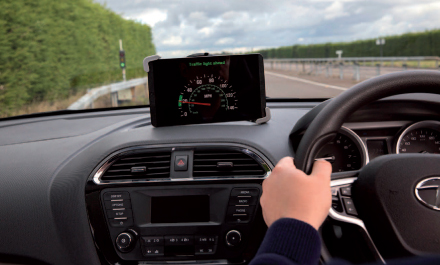|
ZTE has released three fourth-generation (4G) multimode automotive
modules for the China, Europe, and North America markets to support
Global Navigation Satellite System (GNSS), European Union eCall, and
Firmware Over-the-Air remote upgrades, respectively. They have the
ability to withstand degradation in temperatures between -40 – 85 °C.
The ZM8330, which is designed to be a fully domestic network
communications product for the Chinese market, supports the three major
domestic carriers with a downlink speed of 150 Mb/s. The ZM8331 for the
Europe and Asia-Pacific market has a downlink speed of 150 Mb/s and
supports several different cellular standards.

For the US market, the ZM8340 supports AT&T, Verizon, and others,
as well as carrier aggregation technology, with a maximum download
rate of 300 Mb/s. Well worth noticing is that the three modules are
designed to be compatible with one another and easily adopted by
automotive manufacturers. They are in accordance with different
certification methods and are in line with TS18949 quality control
standards that allow for reliability, electromagnetic compatibility,
long lifetime, and high seismic performance.
NTT DOCOMO and DeNA will test a 5G mobile-communications system for
remote monitoring and passenger assistance. In the test, DeNA’s
driverless robot shuttle will be connected via a 5G network to a remote
center. Live video images captured with high-definition cameras mounted
on the bus will be transferred in real time via the 5G network, which
will allow the center to check for any driving irregularities and
provide passengers with assistance.
The collaboration, which will combine DOCOMO’s long-term
evolution and 5G wireless systems for V2X communications with
DeNA’s expertise in services incorporating self-driving
technologies, aims to realize safe transportation services that
utilize self-driving and advanced infrastructure technologies.
Ericsson, SK Telecom, and BMW have completed a trial with connected
test cars to show that 5G performance will support V2X services that
require low latency and consistently high bidirectional throughput. A
5G test network was installed at the BMW car test track in
Yeongjong-do, South Korea.
The test environment consisted of multiple radio transmission points
on the 28-GHz frequency band to cover the entire track and one user
equipment installed in every car. The test implemented new key 5G
capabilities with multisite, multitransmission point, multiuser,
multiple input, multiple output, and with multiple devices operating
in the millimeter-wave-frequency band. The test demonstrates beam
tracking and beam mobility between different 5G access points at high
mobility.
SK Telecom, together with Ericsson, deployed network slicing and 5G
radio network infrastructure to cover a complete track in the BMW
driving center. The tests showed consistent Gb/s-level throughput with
a few millisecond latencies. Uninterrupted connectivity, using beam
tracking, and beam transfer across the different transmission points at speeds exceeding 100 km/h are also achieved.
The performance shown enables multiple connected-car-use cases,
such as augmented and virtual reality, obstacle control, and V2V
communication, and represents the very first step toward achieving
fully autonomous driving in the upcoming era of 5G.
Full article: IEEE Vehicular Technology Magazine, Volume 12, Number 1, March 2017 |